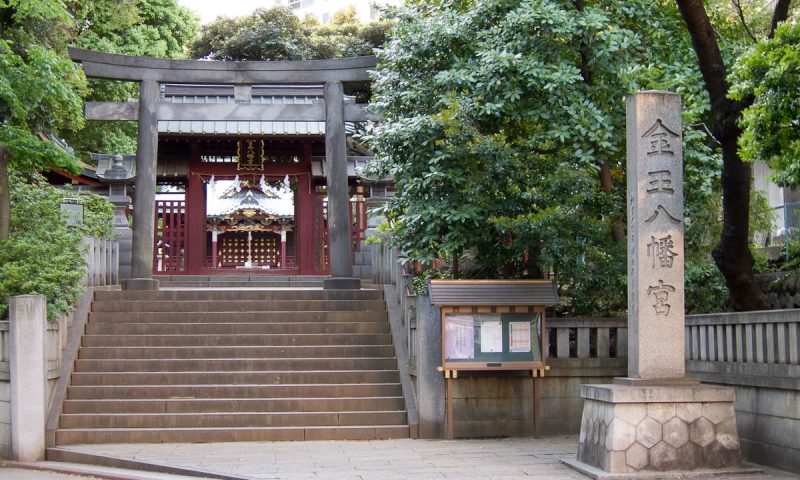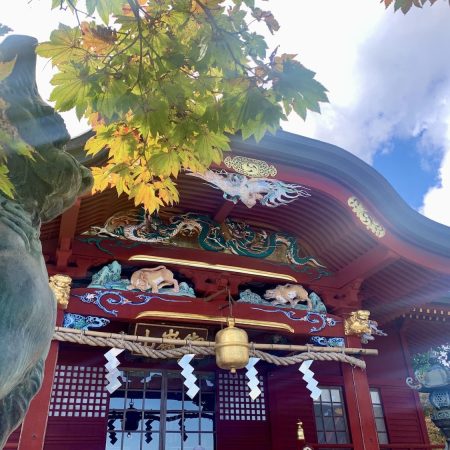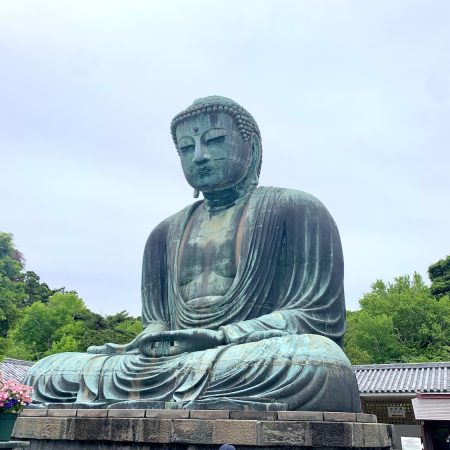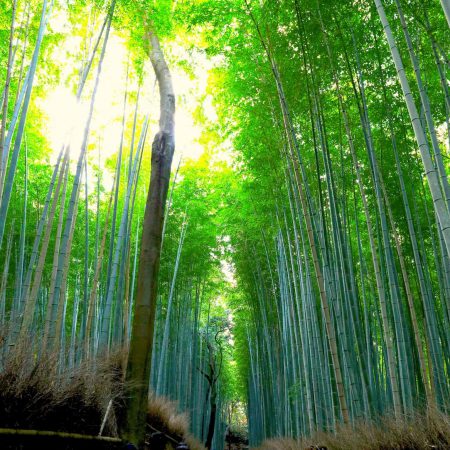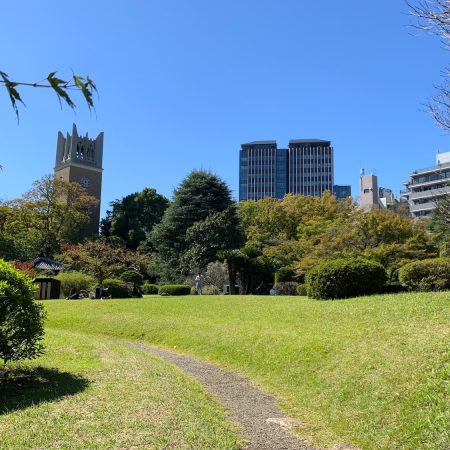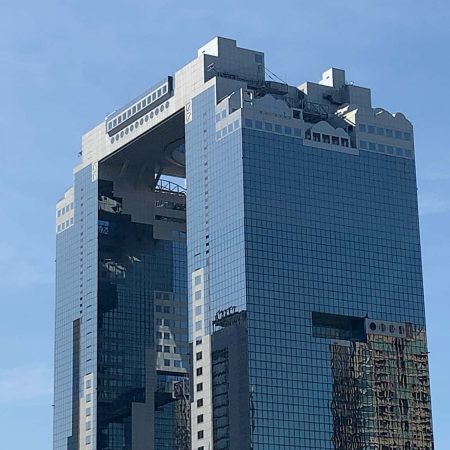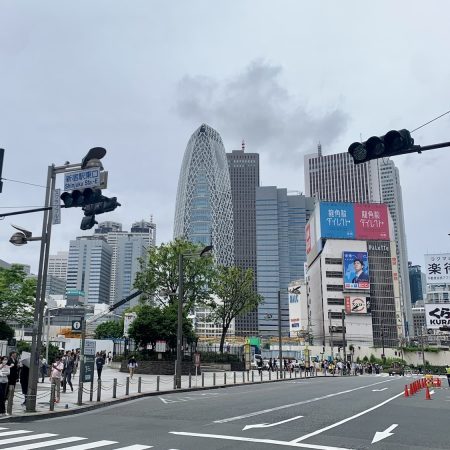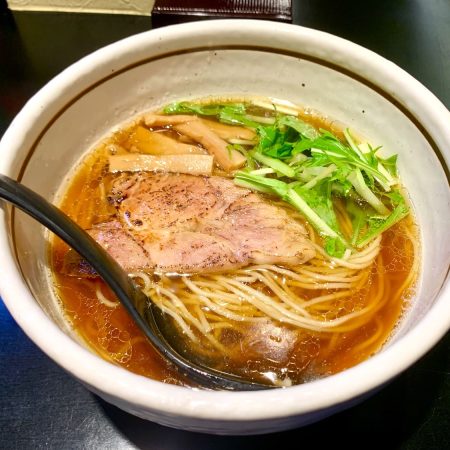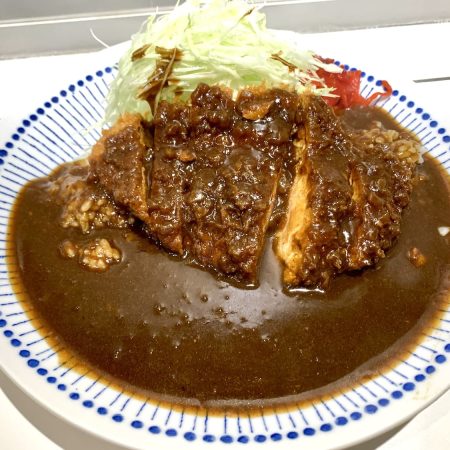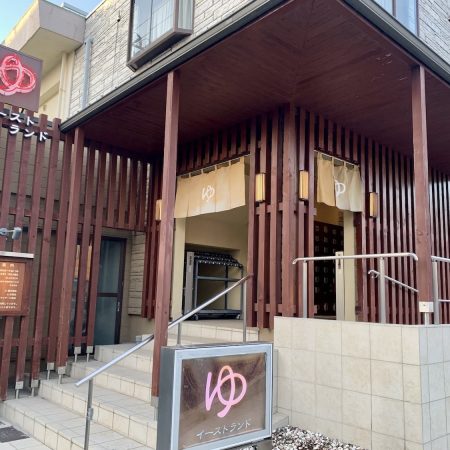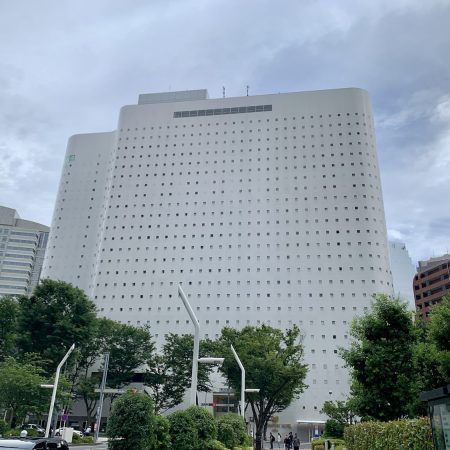Ancient Splendor: The Konnoh Hachimangu Shrine and Japan’s Indomitable Spirit
The Konnoh Hachimangu Shrine is an ancient sanctuary that dates back to 1092, during Emperor Horikawa’s reign. It owes its existence to Taira-no-Takemoto, a notable figure of that time. Takemoto, who was a descendant of Takamochi-Oh and the governor of Chichibu, played a crucial role in calming the conflicts caused by Taira-no-Tadatsune. In a display of unwavering devotion, Takemoto offered two military flags to Mt. Myouken, which were then elevated to the esteemed status of hachimangu.
The shrine gained even more significance when Takemoto’s son, Taketsuna, and his successor, Shigeie, joined forces with the victorious Minamoto-no-Yoshiie during the Gosannen war. Impressed by their bravery, Taketsuna was granted the distinguished name Kawasaki-Tosanokami-Motoie. Deeply moved by the blessings of the revered Hachiman spirit, which Motoie venerated, Yoshiie dedicated the moon flag to the Hachimangu, further enhancing the shrine’s prestige.
Under Shigeie’s leadership, the noble Shibuya clan demonstrated unwavering loyalty and dedicated themselves to protecting the imperial palace. They considered the Hachimangu their revered family guardian and established their principal residence nearby. As a tribute to the renowned Konnohmaru, the shrine’s name was changed to Konnoh-Hachimangu.
Konnohmaru, born in 1141 to Shibuya-Heizoh-Shigeie, had his birth prophesied through a vivid dream. At the age of 17, he joined Minamoto-no-Yoshitomo on a military expedition and gained fame during the Hogen Rebellion of 1156. Tragedy struck when Yoshitomo died in the Heiji Rebellion of 1159, and it was Konnohmaru who revealed the treachery to Lady Tokiwa in Kyoto. In response, he became a priest, taking on the name Tosa-no-bo-Shohshun, and dedicated himself to praying for Yoshitomo’s spirit. Konnohmaru played a crucial role in Yoritomo’s successful campaign against the Heike clan. His valor and achievements have been immortalized in various historical accounts and theatrical productions.
The current structure of the Hachimangu Shrine was built in 1612 during the reign of Tokugawa Hidetada, the second shogun of the Tokugawa Shogunate government. It has its own intriguing stories. Lady Kasuga and Aoyama-Tadatoshi sought divine protection for Takechiyo at the shrine when rumors suggested his ascension as the third shogun. Lady Kasuga’s prayers and the generosity of Hohki-no-kami, who provided lumber for Iemitsu’s armor fitting ceremony, further emphasized the shrine’s importance.
Architecturally, the shrine follows the gongen-zukuri style prevalent during the early Edo Period and is a notable cultural landmark in the Tokyo region. Behind its modest exterior, one can find intricate carvings adorning its walls, including rare depictions of mystical creatures like baku and tigers. These carvings symbolize prayers for a stable society and righteous governance.
As you visit the Konnoh Hachimangu Shrine, you will be captivated by its timeless beauty and enchanting stories. Let it stand as a testament to Japan’s rich history and the indomitable spirit of its people.

